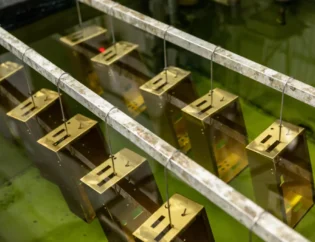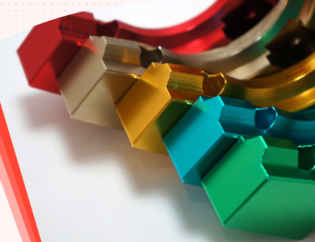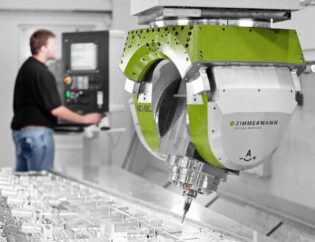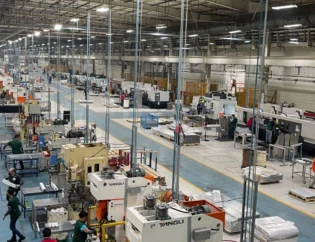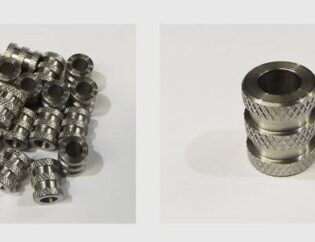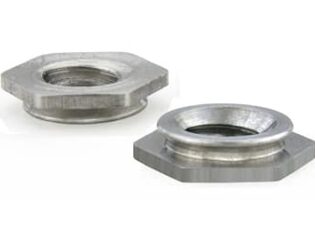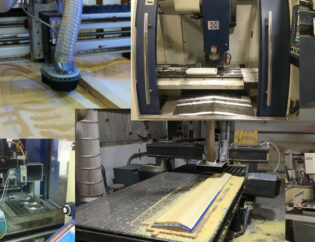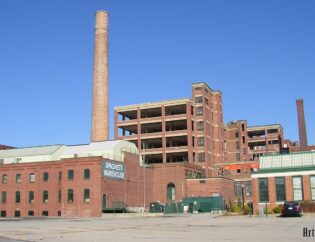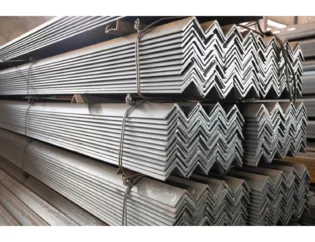CNC, or Computer Numerical Control, is revolutionizing the manufacturing landscape by automating machine tools through computer programming. This technology enhances precision, efficiency, and flexibility in production processes. Understanding CNC is essential for anyone involved in engineering, design, or manufacturing, as it plays a crucial role in modern fabrication techniques.
In this guide, readers will explore the fundamentals of CNC, including its components, operation principles, and various applications across industries. We will delve into the programming languages used, the types of CNC machines available, and the benefits they offer. By the end, readers will have a comprehensive understanding of CNC technology and its significance in today’s manufacturing world.
What is CNC Machining? A Comprehensive Guide
In the rapidly evolving world of manufacturing, industries demand precision, speed, and versatility more than ever. CNC (Computer Numerical Control) machining has emerged as a groundbreaking technology that provides all of these qualities, revolutionizing how parts and products are made. CNC machining enables the production of highly detailed and accurate components with minimal human intervention. This article explores the fundamental aspects of CNC machining—what it is, how it works, the processes involved, and its applications.
Understanding CNC Machining
CNC machining is an automated process that uses computer-controlled machines to remove material from a workpiece to shape it into a finished part. Unlike traditional machining, which often relies on manual labor, CNC machining uses a combination of computer programming and advanced machinery to achieve precise cuts and detailed results.
The technology works by converting a 3D or 2D digital model into a set of instructions (G-code) that guide the machine on how to move and shape the material. This process results in highly accurate and repeatable parts, making it ideal for industries that require tight tolerances, such as aerospace, automotive, and medical fields.
Technical Features of CNC Machining
CNC machining offers several technical features that enhance its efficiency and effectiveness. Below is a comparison table highlighting these features:
| Feature | Description |
|---|---|
| Precision | CNC machines can achieve tolerances as tight as ±0.001 inches. |
| Automation | The process is largely automated, reducing the need for manual intervention. |
| Versatility | Capable of machining various materials, including metals, plastics, and wood. |
| Complexity | Can produce intricate designs that are difficult to achieve manually. |
| Speed | Faster production times compared to traditional machining methods. |
| Consistency | Ensures uniformity across multiple parts, reducing variability. |
| Flexibility | Easily reprogrammed for different tasks or designs. |
Types of CNC Machines
CNC machining encompasses various types of machines, each suited for different applications and materials. Below is a comparison table of the most common types of CNC machines:
| Type | Description |
|---|---|
| CNC Mills | Use rotating cutting tools to remove material from a stationary workpiece. |
| CNC Lathes | Rotate the workpiece against a stationary cutting tool for shaping. |
| CNC Routers | Similar to mills but designed for softer materials like wood and plastics. |
| CNC Plasma Cutters | Use a high-velocity jet of ionized gas to cut through conductive materials. |
| CNC Laser Cutters | Utilize a focused laser beam for precise cutting and engraving. |
| CNC Water Jet Cutters | Employ high-pressure water to cut through various materials without heat. |
| CNC EDM Machines | Use electrical discharges to shape materials, ideal for hard metals. |
How CNC Machining Works
The CNC machining process begins with the creation of a CAD (Computer-Aided Design) model of the part. This model is then converted into a CNC-compatible file format (typically G-code) using CAM (Computer-Aided Manufacturing) software. This G-code contains all the instructions needed for the machine to shape the material into the desired form.
Once the G-code is generated, the CNC machine is set up to begin production. The machine’s cutting tools follow the instructions to precisely remove material from the workpiece. The process is highly automated, which minimizes human error and ensures that each part meets the exact specifications of the design.
Applications of CNC Machining
CNC machining has applications across many industries, each with its unique requirements for precision and performance. Some of the industries that rely heavily on CNC machining include:
– Automotive: Used to create engine components, transmission parts, and custom vehicle components.
– Aerospace: Components such as turbine blades, aircraft frames, and landing gear require CNC machining for their high precision and durability.
– Medical: Crucial for producing medical devices, surgical tools, and implants, where safety and reliability are paramount.
– Electronics: Helps produce casings, connectors, and small components used in electronic devices like smartphones and computers.
Advantages of CNC Machining
CNC machining offers numerous advantages over traditional manual methods:
– Speed and Efficiency: The automation involved allows for much faster production times. Parts that once took hours to produce can now be made in a fraction of the time.
– Precision and Accuracy: CNC machining provides exceptional precision, ensuring that every part is manufactured to the exact specifications.
– Reduced Human Error: Since CNC machines operate based on programmed instructions, the potential for human error is significantly reduced.
– Cost-Effectiveness: While the initial setup cost can be high, the efficiency and precision of CNC machining result in lower long-term production costs, especially in high-volume manufacturing.
Conclusion
CNC machining has become the cornerstone of modern manufacturing, offering unrivaled precision, speed, and versatility. As industries demand more complex and customized parts, CNC machining provides the ideal solution for producing high-quality parts in various materials and applications. Companies like www.cncsourced.com, cncphilosophy.com, www.urbansplatter.com, www.uti.edu, and astromachineworks.com are at the forefront of this technology, providing insights and services that help businesses thrive in a competitive marketplace.
FAQs
1. What is CNC machining?
CNC machining is an automated manufacturing process that uses computer-controlled machines to remove material from a workpiece, shaping it into a finished part.
2. What are the main types of CNC machines?
The main types include CNC mills, lathes, routers, plasma cutters, laser cutters, water jet cutters, and EDM machines.
3. What industries commonly use CNC machining?
CNC machining is widely used in aerospace, automotive, electronics, and medical industries for producing complex parts with high precision.
4. What are the advantages of CNC machining?
Advantages include speed, precision, reduced human error, and cost-effectiveness, especially in high-volume production.
5. How does CNC machining differ from traditional machining?
CNC machining is automated and uses computer programming for precision, while traditional machining relies on manual labor and is less efficient.

